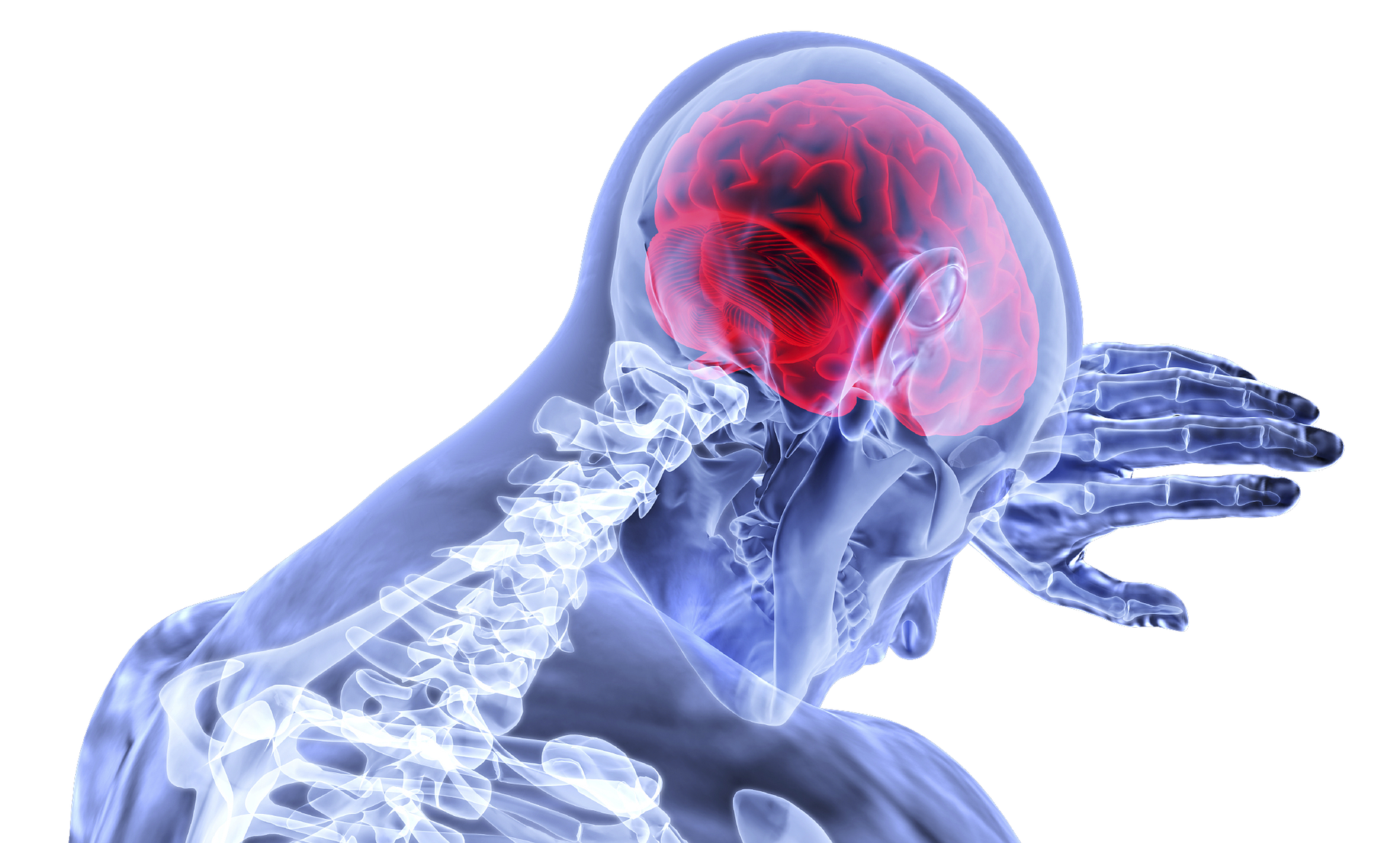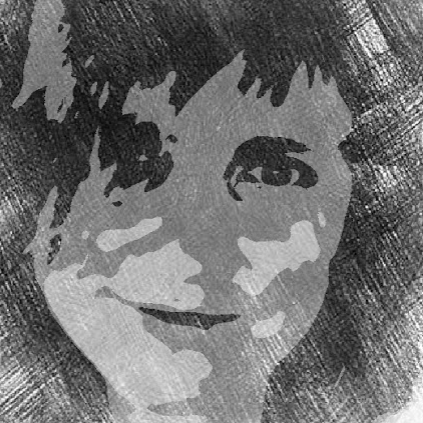
Imagine that you are a doctor and you want to explain to medical students what the impact of a fracture to the skull will be. There are several methods by which you can do that. You can show them books and X-ray images. You can also show them a real skull that has a fracture.
But what works much better – as demonstrated by the findings of Jochen Bretschneider, ENT specialist and founder of publishers and producers of the MLX medical e-books – is to display a three-dimensional image of a skull. By clicking on an icon in the bar below an image of the nerves, you can then see the pattern of nerves running across the head and face.
Just click on the nerves icon
Next, you will notice that the nerve that runs under and between the fracture also extends to the eye. You can then immediately imagine that the fracture can affect vision. When you click on the muscles icon, you’ll see muscles running across the nerves and the fracture. That’s how you understand that the damage will be noticeable there as well.
Bretschneider has been digitalizing medical educational materials since 2012. So far, only in Dutch. He was given the time to do this from his work for the Vrije Universiteit Amsterdam (VU) and the VU University Medical Center. The digital books are available free of charge and help students better understand how the human body functions and how the it can heal after an injury. Or how various medical conditions can be treated. “The millennium generation has grown up with digital resources. You need to let them learn with those tools that they always have within reach – their mobile phone, their iPad.”
Free download from the App Store
He uses Apple’s services to make digital books accessible, where he is also active as what is referred to as a ”distinguished educator.” This means that he is able to use the software that Apple offers to make these digital publications interactive. As soon as they are finished, they are available for download on Apple Books. Anyone who wants to, can download books on neurology, psychiatry, surgery, etc., free of charge and brush themselves up on these. However, you do need an Apple mobile device, such as an iPhone or iPad, to be able to read them. Although the books may be intended for students, they can also be understood by laypeople.

Initially, Bretschneider didn’t set up a company to produce these books, he says, because there wasn’t any need for that. He worked together with fellow doctors from various medical disciplines whose basic knowledge is described in the digital books, and with a large team of medical students. Together with them, he made a digital series of professional literature that was commissioned by the Dutch Ministry of Health, Welfare and Sport. These can also be used by doctors who have not worked as a doctor for five years or more and who have consequently lost their doctors’ license, but who want to re-register.
Appeal from a doctor in distress in Mozambique
When he received a distress signal one day from a doctor in Mozambique who had lost his medical textbooks during a flood, he was willing to provide and send him this digital literature for free. But then he suddenly realized that it would be better if he himself had the copyrights to the e-book editions. These were now owned by the Dutch Ministry of Health, Welfare and Sport, which had paid for their production. Moreover, he suspected that the editions would be interesting for every medical student. This turned out to be the case. “The e-books have now been downloaded more than one hundred thousand times.”
That’s why he founded MLX in 2018, together with three other doctors. One of whom eventually left the medical sector and went to work for Apple. “I wanted my digital books to be accessible to everyone. There’s a shortage of medical education in the world.” That this is actually the case, has also been proven by research carried out by the WHO.
A short film about treating burns
Bretschneider’s books are different from traditional paper medical books in that they contain videos, interactive animations, and chat functions, which make it easy to see how a serious burn is treated, for example, in Sierra Leone, which a child suffered when they were cooking something. “They cook on wood fires a lot over there,” Bretschneider says. So, the risk of burns is greater there than here.
MLX collaborated with fellow tropical physicians in January of this year and did a pilot test with digital education on the anatomy of the human body. “I sent them an iPad with the digital medical publications on it. They connected these to an Apple TV. That’s a device that you can also hook up to a beamer. Then you don’t need the internet. You can teach a whole class of medical students this way.”
Desparately seeking funding
The following step that MLX wants to take is the translation of all Dutch publications into English. These also need to become accessible for non-Apple devices. “In order to be able to do this, they need to be converted to Android and Windows systems,” says Bretschneider. Concepts for this are ready yet they need to be developed further. And that requires funding. “That’s what we’re looking for now.”

